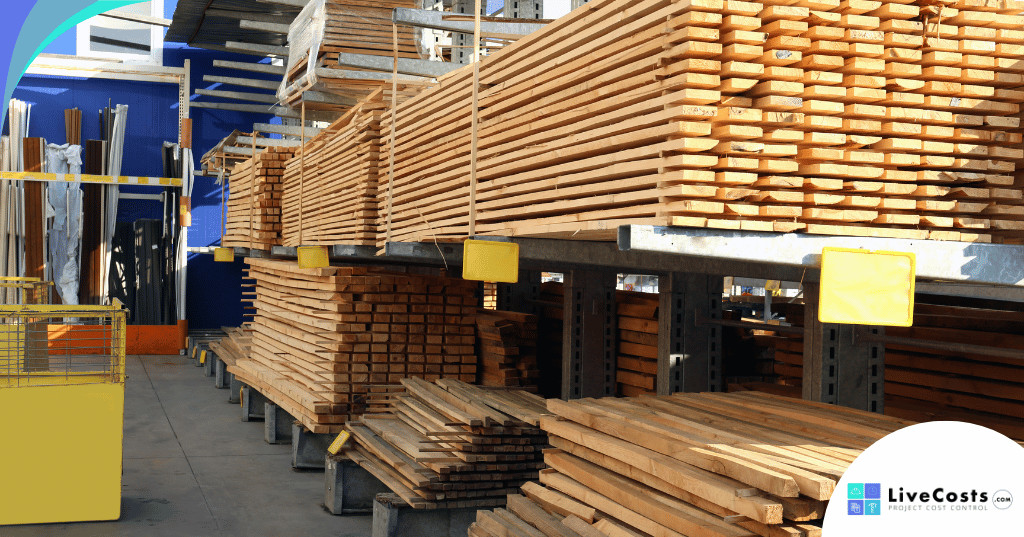Understanding Bill of Materials (BOM) in Construction Projects
When managing construction projects, accurate planning and resource management are crucial to the success of the project. One of the most important tools to help achieve this is the Bill of Materials (BOM).
In construction, a well-prepared BOM ensures that every single item needed for a project is accounted for, allowing stakeholders to effectively budget, procure, and manage the project. Here’s what you need to know about BOM and why it’s essential for your construction projects.
What is a Bill of Materials?
A Bill of Materials (BOM) is a detailed and comprehensive list of raw materials, components, parts, and even the quantities required to construct, manufacture, or repair a product.
In construction, this can include everything from concrete, steel, and timber, to fixtures, fittings, and finishes. The BOM provides a clear breakdown of all the elements needed for the project, helping teams understand what is required to complete the project on time and within budget.
Types of BOMs in Construction
There are several types of BOMs used in construction, each serving a specific purpose:
Engineering BOM (EBOM): This BOM is generated during the design phase and outlines all the materials needed according to the engineering drawings and specifications. It’s essential to ensure the project is planned out with all the correct materials in mind.
Manufacturing BOM (MBOM): Focused on the construction phase, this BOM lists all materials needed for the actual construction, considering the assembly processes and the sequence of construction activities.
Construction BOM: This is the most common BOM used in the construction industry, detailing all the materials, tools, and equipment required to complete a specific project. It’s an all-encompassing document that is crucial for procurement and cost management.
Why Is a Bill of Materials (BOM) Important in Construction?
Accurate Budgeting: A bill of materials provides an exact quantity of materials needed, which helps create a precise budget. With accurate material costing, you can avoid budget overruns and unexpected expenses.
Efficient Procurement: The BOM simplifies the procurement process by listing all required materials and their quantities. It ensures that you order the correct amount of materials, reducing waste and the risk of project delays due to material shortages.
Project Planning and Scheduling: The BOM is a key tool for project managers to plan and schedule work activities. By knowing what materials are needed and when, managers can sequence tasks efficiently, preventing delays and ensuring smooth project progression.
Risk Management: A well-prepared BOM helps identify potential supply chain risks. Understanding the lead times for different materials and their availability can help you mitigate risks associated with delays and supply shortages.
Quality Control: The BOM ensures that only the specified materials are used, which is crucial for maintaining the quality and integrity of the construction project. It also assists in compliance with safety standards and regulations.
How to Create an Effective BOM for Construction
Creating an effective Bill of Materials requires attention to detail and a thorough understanding of the project’s needs. Here’s a step-by-step guide:
Start with Detailed Plans and Specifications: Begin by reviewing the project’s architectural and engineering plans. These documents will guide you in identifying the materials needed.
List Every Component: Make sure to include everything, no matter how small. Missing items can lead to delays and budget overruns.
Determine Quantities: Calculate the exact quantities of each material needed. This may involve complex calculations, especially for materials like concrete or steel, where volume and weight need to be considered.
Consider Lead Times: Account for the time it takes to procure each material. Some items may have long lead times, which need to be factored into your project schedule.
Review and Update Regularly:
A BOM should not be static. As the project progresses, updates may be required to reflect changes in design, scope, or material availability.
Leveraging Technology for BOM Management
The use of technology can significantly enhance the creation and management of BOMs. Construction management software, like LiveCosts, can automate many aspects of building out a Bill of Materials, to help guarantee accuracy and save you time. These tools can integrate with other project management systems, providing real-time updates and insights that help keep the project on track.



